YORKSHIRE DAY COUNTDOWN: What are Yorkshire's top 10 icons?


From rolling hills to sandy beaches, playwrights to pop stars, sports legends to industrial pioneers, castles to cathedrals, Yorkshire puddings to fish and chips, we really are spoiled for choice in God's Own County.
As we continue our countdown to Yorkshire Day next Monday, August 1, today we're taking a look at the top ten greatest icons of Yorkshire, as voted for by readers of The Dalesman in a bid to find out what truly defines Yorkshire and sets us apart from the rest of the world.
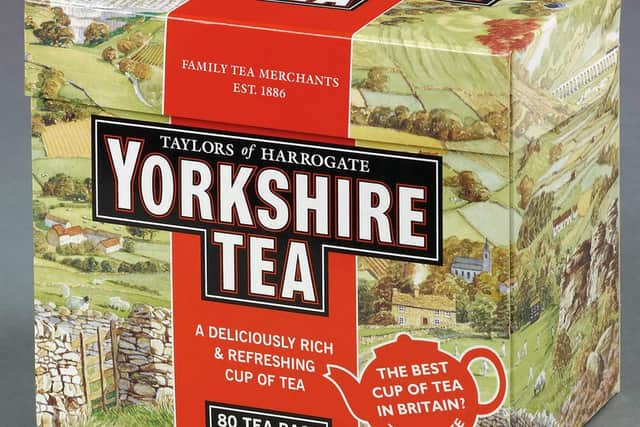

1. THE YORKSHIRE PUDDING
Advertisement
Hide AdAdvertisement
Hide AdThe humble Yorkshire pud is Yorkshire's biggest and best brand.
It goes without saying that a Sunday roast dinner just isn't worth tucking into if there's no puds to be had - and of course, every true Tyke should know how to make them.
Their history stretches back to 1737 and originally, they were eaten on their own as a first course with thick gravy to fill the stomach with the low-cost ingredients so that one would not eat so much of the more expensive meat in the following course.
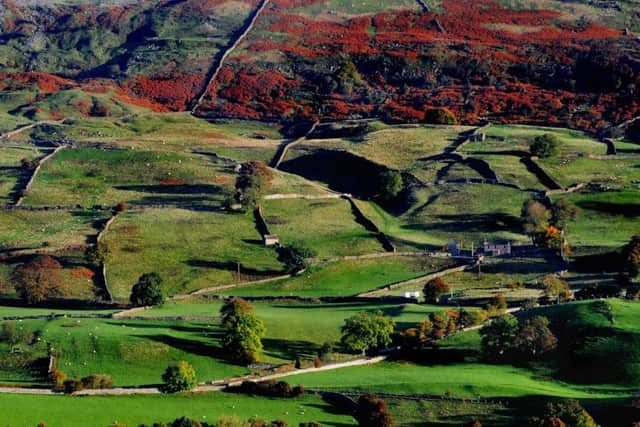

One of the first recipes appeared in Alexander Cassey's The Whole Duty of a Woman in 1737 as wheat flour became common use in cakes and puddings and northern cooks devised a means of making use of the fat dropped into the pan to cook a batter pudding while the meat roasted.
2. YORK MINSTER
Advertisement
Hide AdAdvertisement
Hide AdWith one of its windows sporting a heart-shaped design, its no wonder historic York Minster is sometimes dubbed "The Heart of Yorkshire."
The imposing cathedral has defined the skyline of York for centuries and is a magnet for tourists from around the globe, attracted by its stunning architecture, incredible stained glass and amazing beauty.
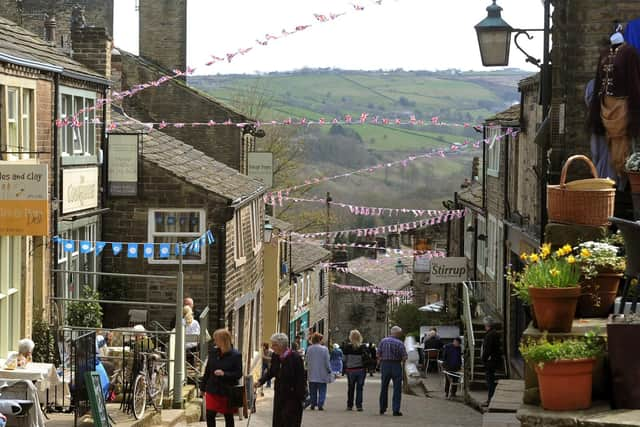

One of the largest of its kind in Northern Europe, the minster is the seat of the Archbishop of York, the second-highest office in the Church of England, a post currently held by the popular and colourful John Sentamu.
The Great East Window, finished in 1408, is the largest expanse of medieval stained glass in the world.
3. THE YORKSHIRE DALES
Advertisement
Hide AdAdvertisement
Hide AdIf you wanted to sum up Yorkshire in a picture, then chances are, the rolling hills and sweeping valleys of the Yorkshire Dales would make the ideal image.
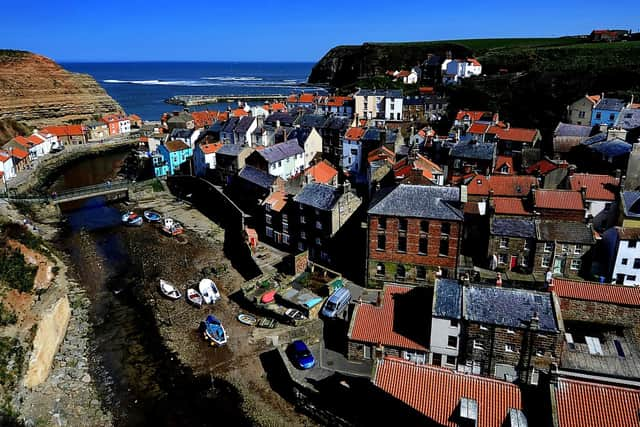

There really is nothing to match the majestic beauty of the Dales - the green pastures, the dry stone walls, the rugged cliffs and rocky outcrops, with hundreds of quaint villages scattered from the Pennines to the Vale of York luring in thousands of visitors each year with their picturesque cafes, traditional pubs and quirky shops, galleries and attractions.
Most of the area was officially designated as the Yorkshire Dales National Park in 1954 and among the must-see highlights for any visitor are Aysgarth Falls, Malham, Hardraw Force, Horton in Ribblesdale, Settle, the Ribblehead Viaduct and the Yorkshire Three Peaks
4. THE BRONTE SISTERS
You can probably the name the famous trio without even thinking about it. The names of Anne, Emily and Charlotte Bronte are synonymous with English literature and of course, they gave the world some true literary masterpieces which stand the test of time and are enjoyed throughout the world to this day.
Advertisement
Hide AdAdvertisement
Hide AdAssociated with the village of Haworth, the sisters, Charlotte (1816–1855), Emily (1818–1848), and Anne (1820–1849) were all skilled novelists and poets with Charlotte's Jane Eyre the first to taste success, while Emily's Wuthering Heights and Anne's The Tenant of Wildfell Hall were later masterpieces.
Their home, the parsonage at Haworth, now the Brontë Parsonage Museum, where they lived with their brother Branwell, has become a place of pilgrimage for hundreds of thousands of visitors each year.
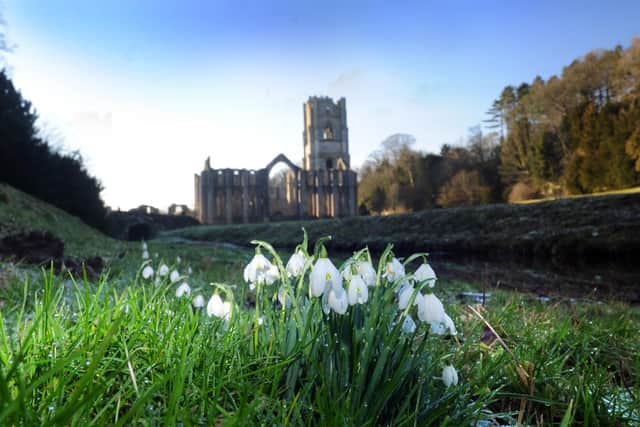

5. THE NORTH YORK MOORS
From sheer desolate beauty to picture postcard fishing villages and of course, one of Britain's most picturesque steam railways, the North York Moors hold a soft spot in the hearts of thousands of Yorkshire folk.
Becoming a national park in 1952 - two years ahead of the Yorkshire Dales - the Moors are the home to one of the biggest expanses of heather moorland in the UK - and its easy to disappear into the wild and windswept hills and moors.
Advertisement
Hide AdAdvertisement
Hide AdBut many head for picturesque, unspoilt coastal villages such as Robin Hood's Bay and Staithes and there's no greater way to arrive into Whitby than aboard the North Yorkshire Moors Railway.
6. FOUNTAINS ABBEY
One of just two UNESCO World Heritage Sites in Yorkshire (the other being Saltaire), the graceful and peaceful ruins of Fountains Abbey are situated deep in the heart of North Yorkshire.
One of the largest and best preserved ruined Cistercian monasteries in England, it flourished for more than 400 years, surviving until 1539 when Henry VIII ordered the Dissolution of the Monastries.
A Grade I listed building owned by the National Trust and part of Studley Royal Park, the Abbey is now one of Yorkshire's most popular tourist attractions with visitors attracted by the stunning scenery, majestic beauty and bracing countryside walks.
7. ALAN BENNETT
Advertisement
Hide AdAdvertisement
Hide AdThe role of Yorkshire's best son goes to Leeds born playwright, screenwriter, actor and author Alan Bennett, the only living person to make the top ten.
Now 82, Bennett attended Oxford University where he studied history and performed with the Oxford Revue but it was his collaboration as a writer and performer with Dudley Moore, Jonathan Miller and Peter Cook in the satirical revue Beyond the Fringe at the 1960 Edinburgh Festival that brought him instant fame.
He gave up academia, and turned to writing full-time, his first stage play Forty Years On being produced in 1968.
His work includes The Madness of George III and its film adaptation, the series of monologues Talking Heads, the play and subsequent film The History Boys, and popular audio books, including his readings of Alice's Adventures in Wonderland and Winnie-the-Pooh.
8. WENSLEYDALE CHEESE
Advertisement
Hide AdAdvertisement
Hide AdForget Cheddar and Double Gloucester, for Yorkshire folk, there's only one type of cheese - and that's Wensleydale.
First created by French Cistercian monks who settled in the area at Jervaux, they used a recipe for making cheese from sheep's milk - although from the 14th century, cow's milk was used instead and the crumbly classic is still going down a storm atop crackers from Doncaster to Dewsbury and Huddersfield to Halifax.
The Wensleydale Creamery in Hawes has been hand-making cheese for more than 100 years and of course there's no more famous fans than animated duo Wallace and Gromit who helped revitalise the brand and 1984 author George Orwell who rated it second only to Stilton on the British cheeseboard.
9. WHITBY ABBEY
The stark and dramatic coastal ruins of Whitby Abbey are one of the most spectacular sights in the whole of Yorkshire.
Advertisement
Hide AdAdvertisement
Hide AdOverlooking the town for more than 1,000 years, its easy to see why writer Bram Stoker was inspired to pen Dracula, using the North Yorkshire seaside town as setting.
The ruined abbey, in its desolate and windswept location must have made it the ideal spot for dark, horror tales of vampires - and of course, the town is still a magnet for Goth fans from around the globe.
The Benedictine Abbey is now in the hands of English Heritage and if you are a true Tyke you'll know the number of steps to the top - a lung-busting, stamina sapping 199.
10. YORKSHIRE TEA
Typhoo and PG Tips? Pah, there's only one cuppa that will slake the thirst of a Yorkshire man or woman and that's a mug of steaming hot Yorkshire Tea.
Advertisement
Hide AdAdvertisement
Hide AdProduced by The Bettys & Taylors Group, the brew's popularity extends far beyond Yorkshire - it is the third most popular tea brand in the UK.
It was introduced in 1886 by Charles Edward Taylor and is still based in Harrogate, Yorkshire where of course, its the drink of choice for washing down a Fat Rascal at the world famous Betty's tea rooms.
And there's no bigger seal of approval than a royal fan - in 2009, the Prince of Wales granted Yorkshire Tea a Royal Warrant.
The poll of Yorkshire icons was carried out by Dalesman magazine to mark its 75th anniversary.
Advertisement
Hide AdAdvertisement
Hide AdOther icons to make the list include stainless steel, invented in Sheffield, drystone walls, Captain James Cook, the White Rose of York, brass bands, James Herriott, the North Yorkshire Moors Railway, David Hockney, the flat cap, Ribblehead Viaduct, Fred Trueman, Whitby fish and chips, Richard III, the Arctic Monkeys, Brian Blessed, Swaledale sheep, Kes, Dracula, Roseberry Topping, Geoffrey Boycott, Heartbeat, Dame Judi Dench, Rugby League, rhubarb and Bettys tea rooms.